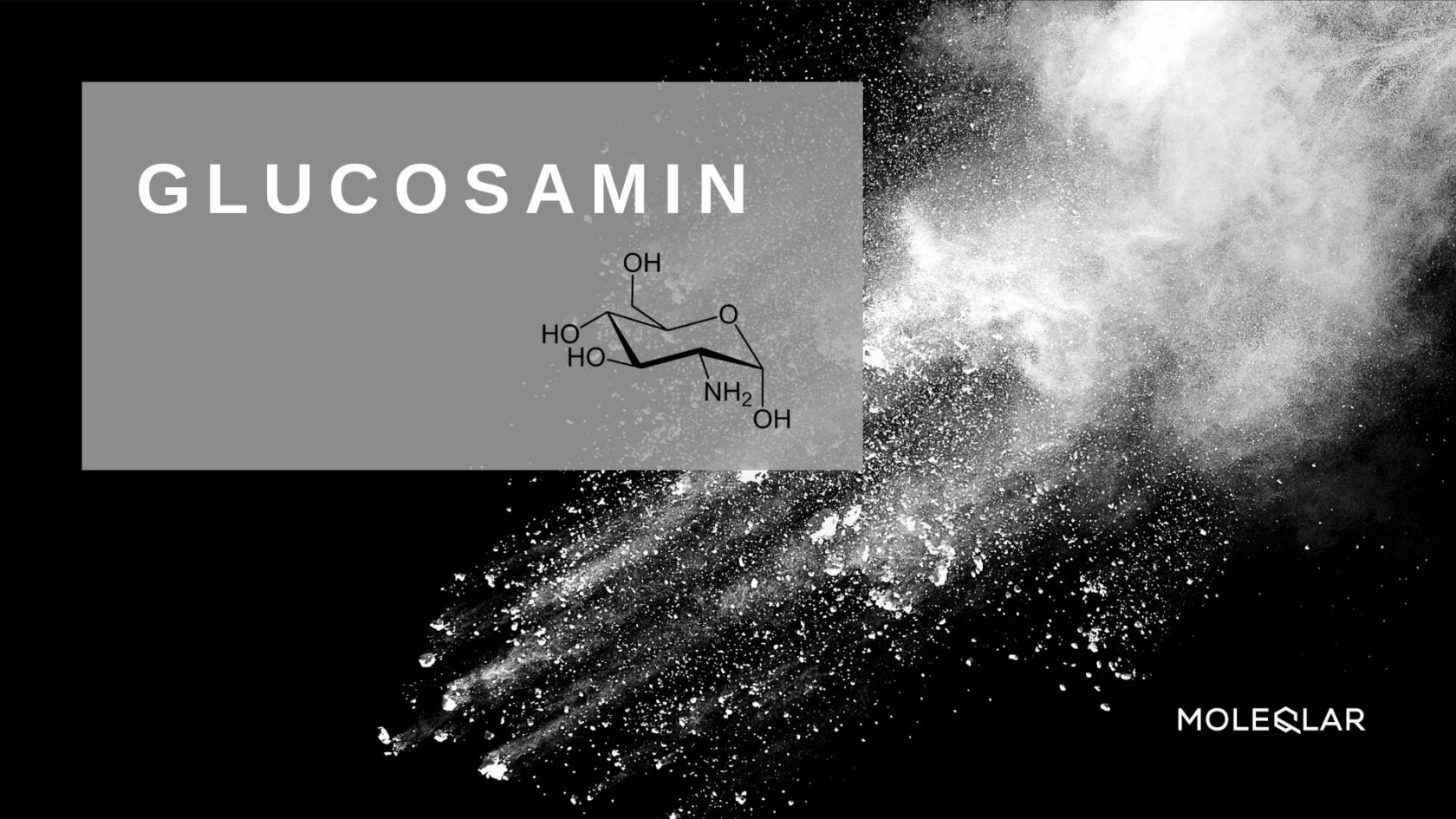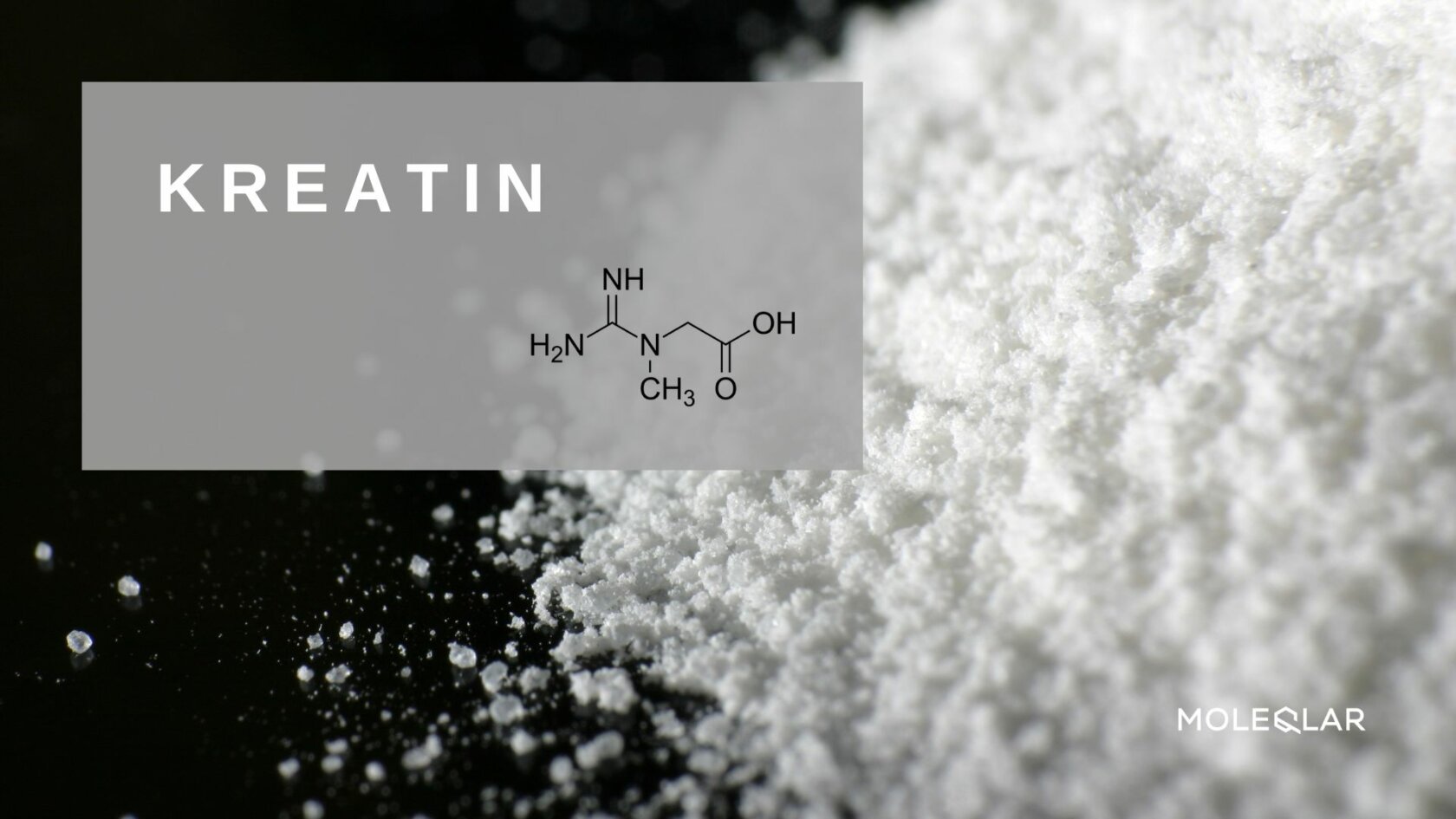Sport is healthy: every child knows that by now. We are more enlightened than ever and yet lack of exercise is one of the burdens of many people. Our bodies depend on exercise because it keeps our cardiovascular system and musculoskeletal system in good shape. However, when it comes to our health, not every type of sport is suitable and there is a lot you can do wrong.
Why sport is good for us
Do you also know the pleasant feeling that comes after a sporting activity? You feel fit and highly satisfied with yourself and your performance, you could even pull out trees some times. On a physical level, sport strengthens the cardiovascular system, the musculoskeletal system and the immune system. This prevents diseases such as diabetes, arteriosclerosis or osteoporosis. From a psychological point of view, exercise also boosts our mood.
Why exercise makes us happy is due to some complex processes in our body. After just a few minutes, the release of the happiness hormone dopamine begins, making us more alert and focused. Exercise is altogether easier for us and helps us to pursue our goals. These positive effects have a simple reason: dopamine creates a reward effect in the brain. After exercise, however, dopamine levels drop again and serotonin comes into play. This hormone provides a feeling of well-being and inner satisfaction.
With regular training, it is even possible to permanently increase the dopamine concentration in many regions of the brain. Intensive sessions also lower the concentration of the stress hormone cortisol in the long term and can contribute to a higher stress tolerance. As a side effect, we also lose weight through exercise, or at least maintain it, whereby fat mass is reduced and muscle mass is built up. This increases the basal metabolic rate and reduces the risk of diseases such as obesity, high blood pressure or diabetes.
Sport prolongs life
Over 25 years, scientists investigated which sports increase life expectancy. The result of the "Copenhagen City Heart" study is surprising, because some sports showed a significantly increased life span. Tennis (+ 9.7 years), badminton (+ 6.2 years) and football (+ 4.7 years) top the list, but cycling (+ 3.7 years), swimming (+ 3.4 years) or jogging (+ 3.2 years) are also at the top.
Your sport was not included? Don't worry! Because according to a study from 2011, any physical activity over 15 minutes a day increases life expectancy.
These sports promote health
In fact, not every type of sport is equally suited to promoting health in the long term. In addition, the individual condition of each person must be taken into account when choosing activities. This includes pre-existing organic diseases and other limitations such as injuries or deformities. Sports that involve smooth and flowing movements are considered particularly beneficial to health. These mainly include swimming, cycling, gymnastics, walking or moderate strength training to strengthen problem areas such as the back. Intensity also plays a role in maintaining health. In this respect, 30 minutes of training three times a week is sufficient to promote positive effects. Now you are probably wondering if there is one sport that can guarantee you health. A British study has found evidence for this. According to the research, so-called "backstroke sports" such as tennis and squash are said to have the highest protective effect on cardiovascular diseases.
Which sports should be avoided & is there a happy medium?
"A lot helps a lot" is definitely not true when it comes to sport. A healthy balance should always be maintained, because not doing any physical activity is just as unhealthy as doing too much or the "wrong" kind of sport. As far as there are "wrong sports" at all, this means unsuitable movement sequences that damage our musculoskeletal system and our joints. Abrupt braking movements, jumping or jolting from jogging on hard surfaces mean a strong impact of force on the joints and thus signs of wear and tear in the long term.
Likewise, it is not good for your health to overload your body with excessive exercise. Over-intensive training can have the opposite effect and overload the cardiovascular system. US researchers have found, for example, that extreme endurance sports can lead to structural changes in the tissue of the heart. In addition, overload causes the release of the stress hormone cortisol, which reduces the production of the hormones testosterone and thyroxine. As a result, muscle mass is reduced even during intensive training.
That muscle soreness is not a big deal is a common belief. Basically this is true, but it also clearly indicates the overstraining of the body or a certain muscle group and should not be ignored. Intense sport causes small tears in the fibres of the muscles, which subsequently manifest themselves as muscle soreness. For this reason, rest periods after sport are particularly important to give the body a chance to recover. If this is not observed, the cortisol level may be permanently elevated and the body is constantly under stress. Not only does the general well-being suffer from this situation, but sleeping and falling asleep problems can also develop, which are a real challenge in the long run. However, recovery is also needed if you don't have sore muscles after training.
Our training tips for better health
If you are already exercising, congratulations! You are probably already doing a lot right. Nevertheless, there are a few training recommendations that are beneficial to your health if you follow them.
Tip no. 1 - Regular exercise
To get the body and circulation going, exercise should be done regularly. Three to five sessions per week for 30 to 45 minutes each are recommended. The rule is: don't overdo it!
Tip no. 2 - Choose the right sport
Moderate endurance sports are excellent for promoting health. These include cycling, running, hiking, gymnastics or strength training. Squash or tennis in particular show positive long-term effects on the cardiovascular system.
Tip No. 3 - Take rest breaks
No matter how much you train or what type of sport you do, training should generally be followed by a period of rest during which the body is given time to recover. Modern fitness watches or tapes calculate the recommended rest period on the basis of the load values.
Tip no. 4 - Ensure sufficient supply
If you want to stay healthy for as long as possible, you should always give your body what it needs. Sufficient fluids and food are the basics of a functioning organism. Therefore, diets should be avoided during intensive sports.
Tip No. 5 - Push your limits
Strength training, in particular, requires repetitions, and that's where it gets exhausting. This is the only way to bring your body to the next level. Go ahead and push your limits, but don't overdo it!
And, already in the mood for the next training session?
Literature:
Chodzko-Zajko, Wojtek. "Successful aging in the new millennium: The role of regular physical activity." Quest 52.4 (2000): 333-343.
Oja, Pekka, et al. "Associations of specific types of sports and exercise with all-cause and cardiovascular-disease mortality: a cohort study of 80 306 British adults." British Journal of Sports Medicine 51.10 (2017): 812-817.
Schnohr, Peter, et al. "Various leisure-time physical activities associated with widely divergent life expectancies: the Copenhagen City Heart Study." Mayo clinic proceedings. Vol. 93. No. 12. Elsevier, 2018.
Wen, Chi Pang, et al. "Minimum amount of physical activity for reduced mortality and extended life expectancy: a prospective cohort study." The lancet 378.9798 (2011): 1244-1253.
O'Keefe, James H., and Carl J. Lavie. "Run for your life... at a comfortable speed and not too far." (2013): 516-519.
Paelecke-Habermann, Yvonne. "Reward learning in addiction and depression." (2009).
Graphics:
The graphics were acquired under licence from Shutterstock and marked accordingly.

















